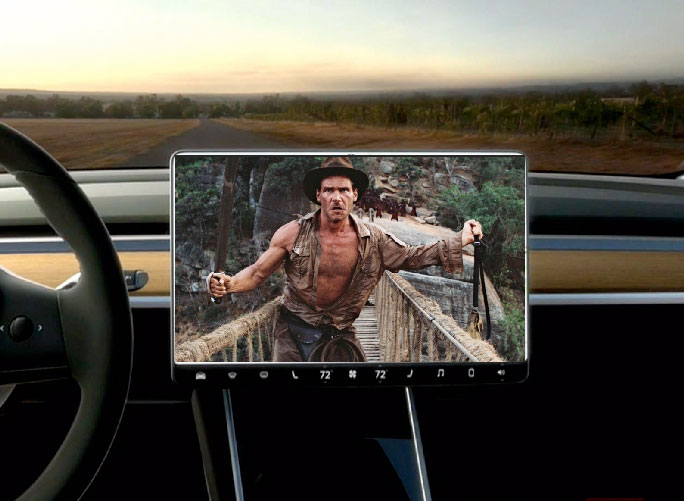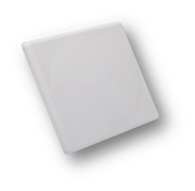LEO/MEO Applications
_
We are on the cusp of pervasive driverless vehicles. Soon, our cars will resemble family rooms on wheels, with passengers watching stored or streaming content. KenCast, with its unique Forward Error Correction technology, is well-positioned to efficiently deliver this content and seamlessly stream live events.

Over the next three years, we will see an unprecedented number of satellite launches. Companies like SpaceX, Blue Origin and OneWeb have plans to launch low earth orbit (LEO) and medium earth orbit (MEO) constellations, each with thousands of satellites. Where geosynchronous (GEO) satellites reside 22,236 miles above the Earth’s surface, the altitude of LEO and MEO orbits is measured in single-digit hundreds of miles.
This proximity results in far lower signal latency and higher bandwidths (100s of Mbps). LEOs are more likely to support interactive connections and MEOs will be able to beam files and content to Earth at very high bandwidths.
Several companies are developing compact, flat-plate antennas that are electronically (vs. physically) directed and can be mounted on cars, trucks, buses and almost any other vehicle. But like all satellite transmissions, the signal will be affected by rain clouds and temporary interruptions like overpasses, trees and short tunnels. KenCast’s FEC will be more important than ever to ensure that content delivery (whether file-based or live) is resistant to these outages. What’s more, flat-plates are very new and still in development. Providers could get a jump on their competitors by employing Fazzt FEC to compensate for sub-optimal performance and thorny engineering challenges.




